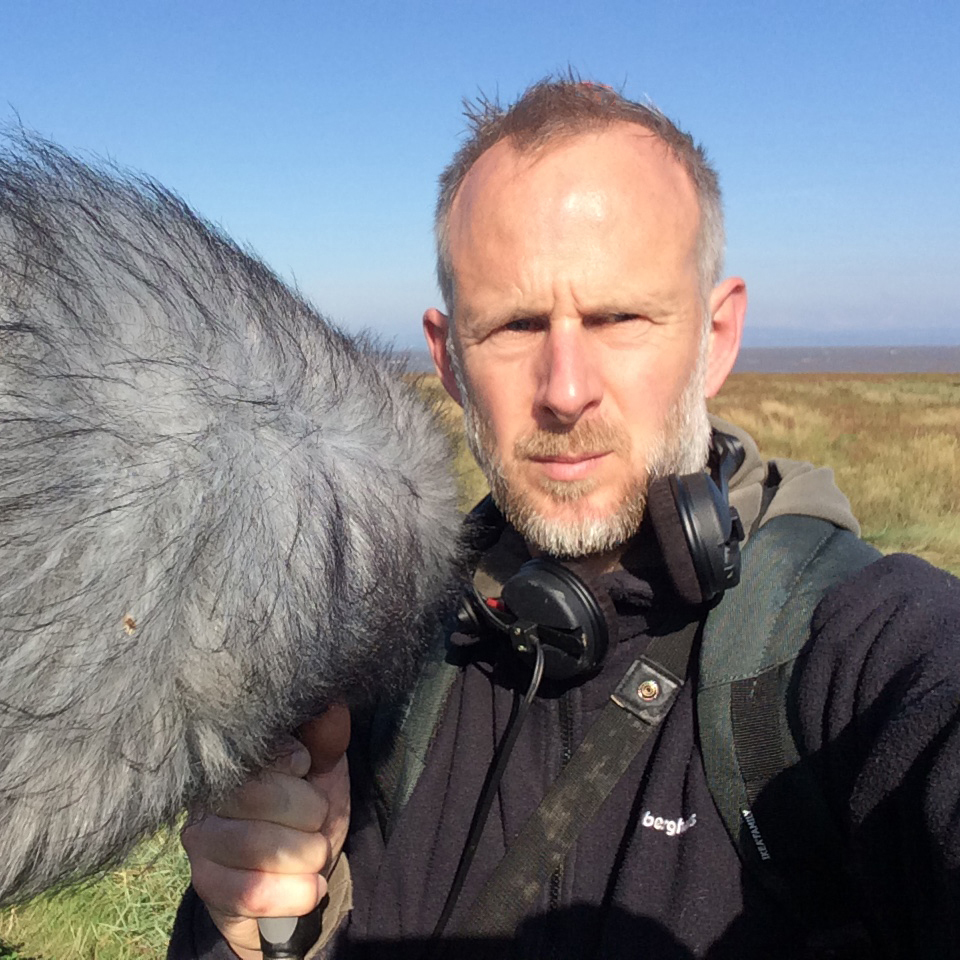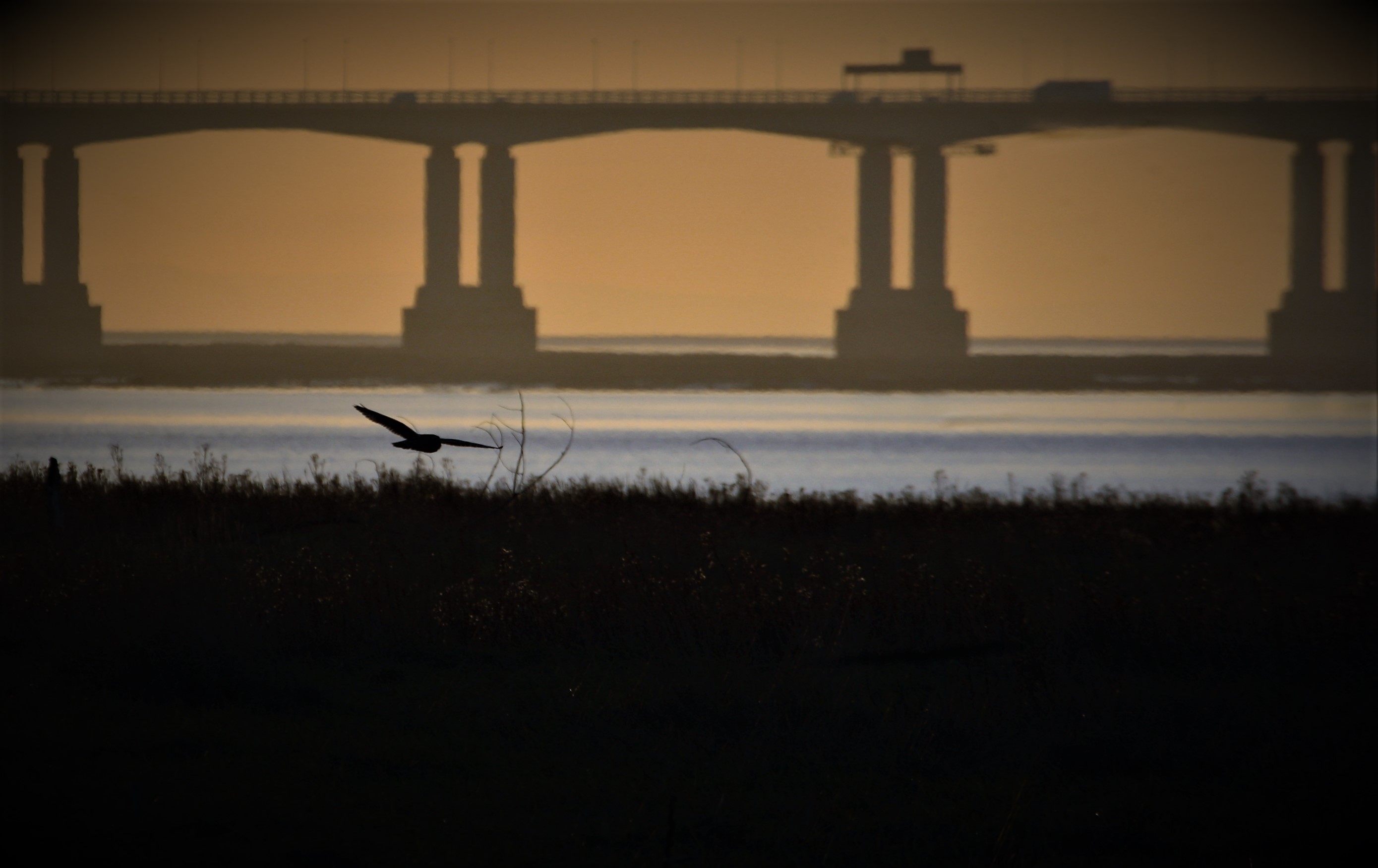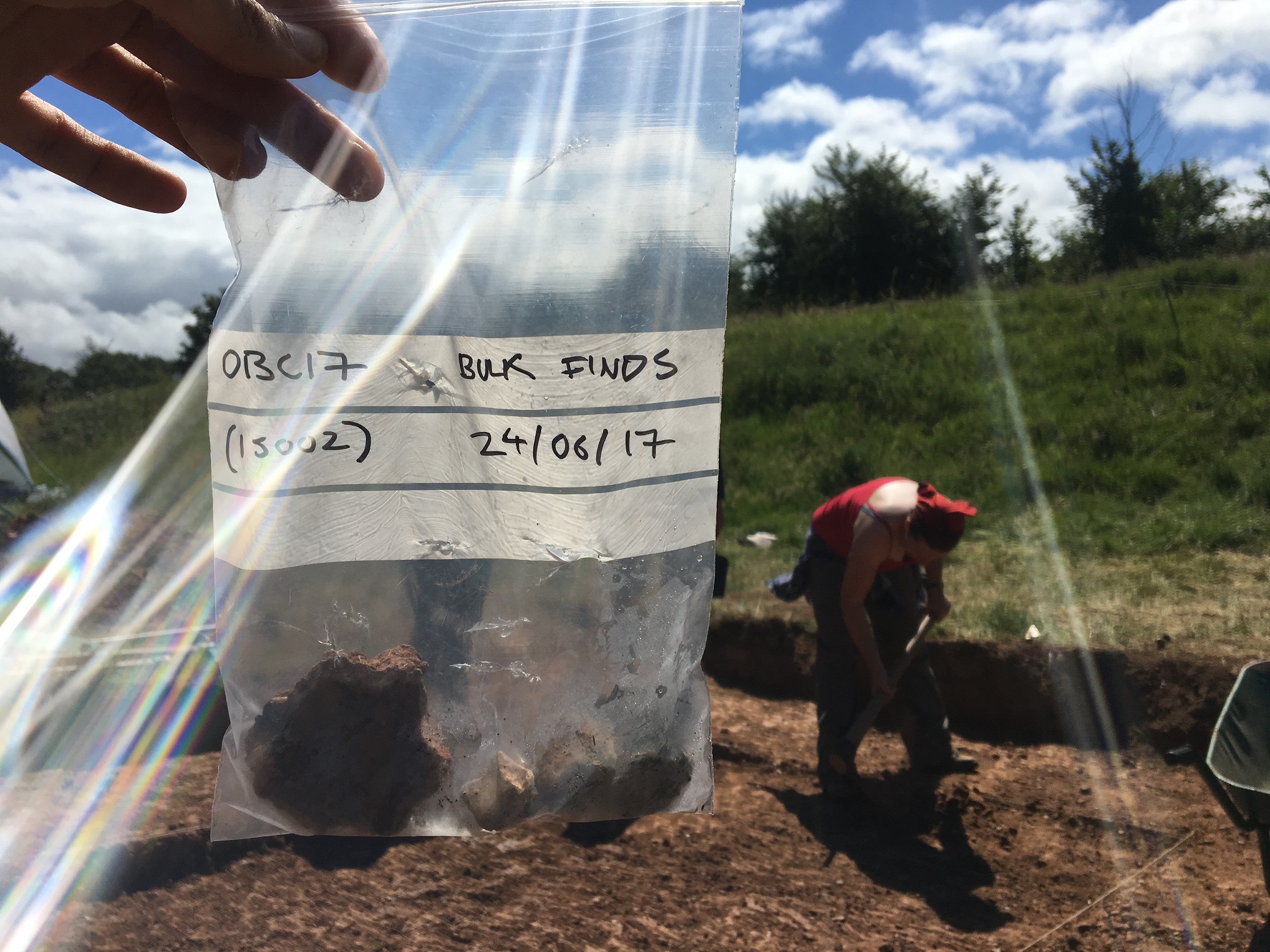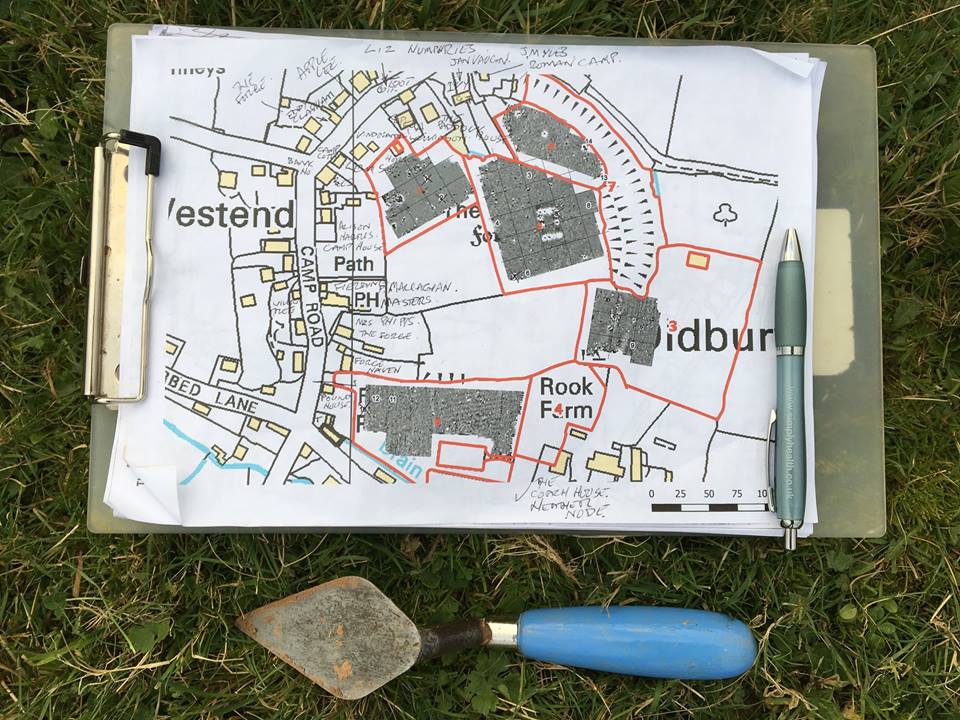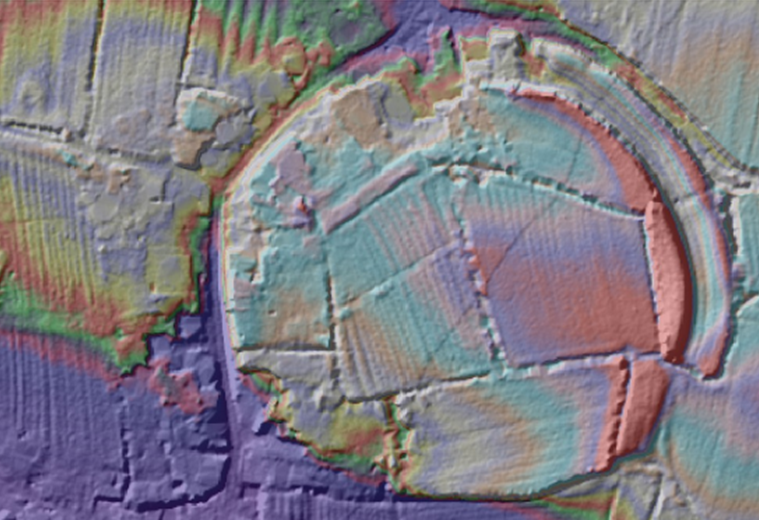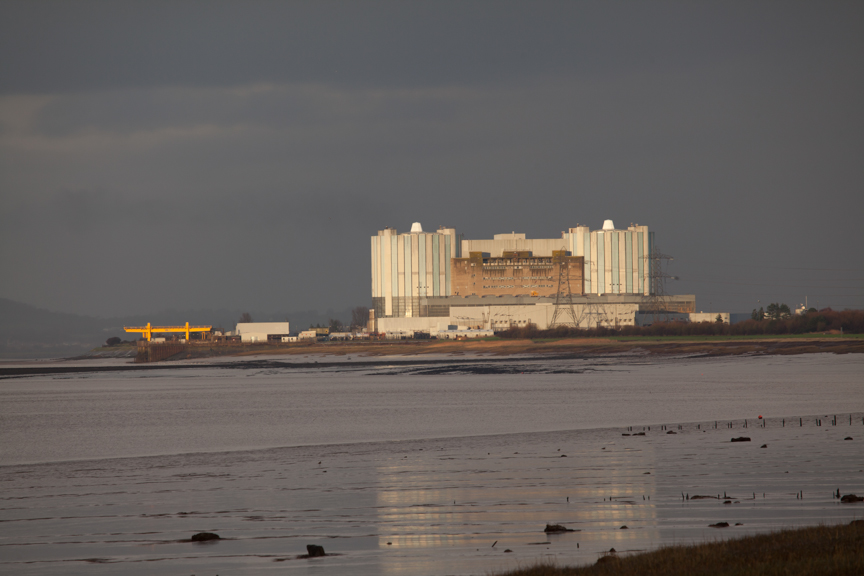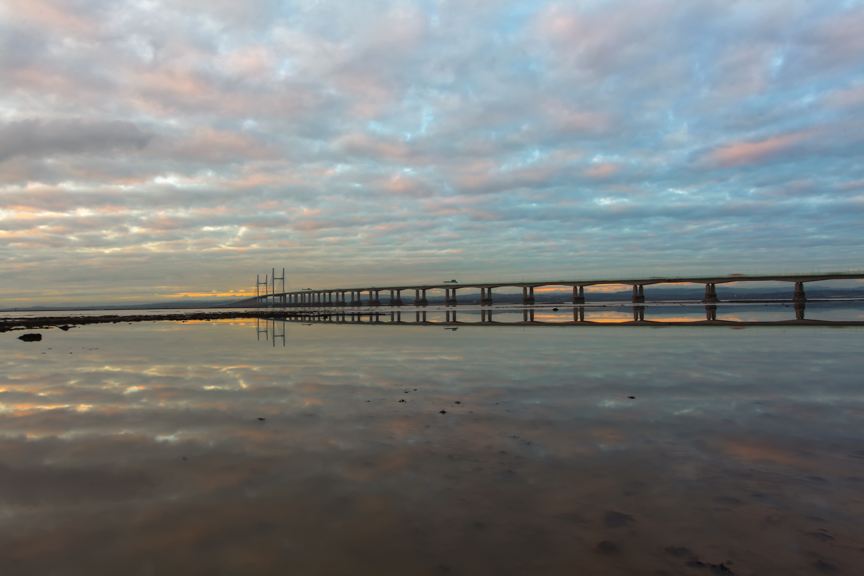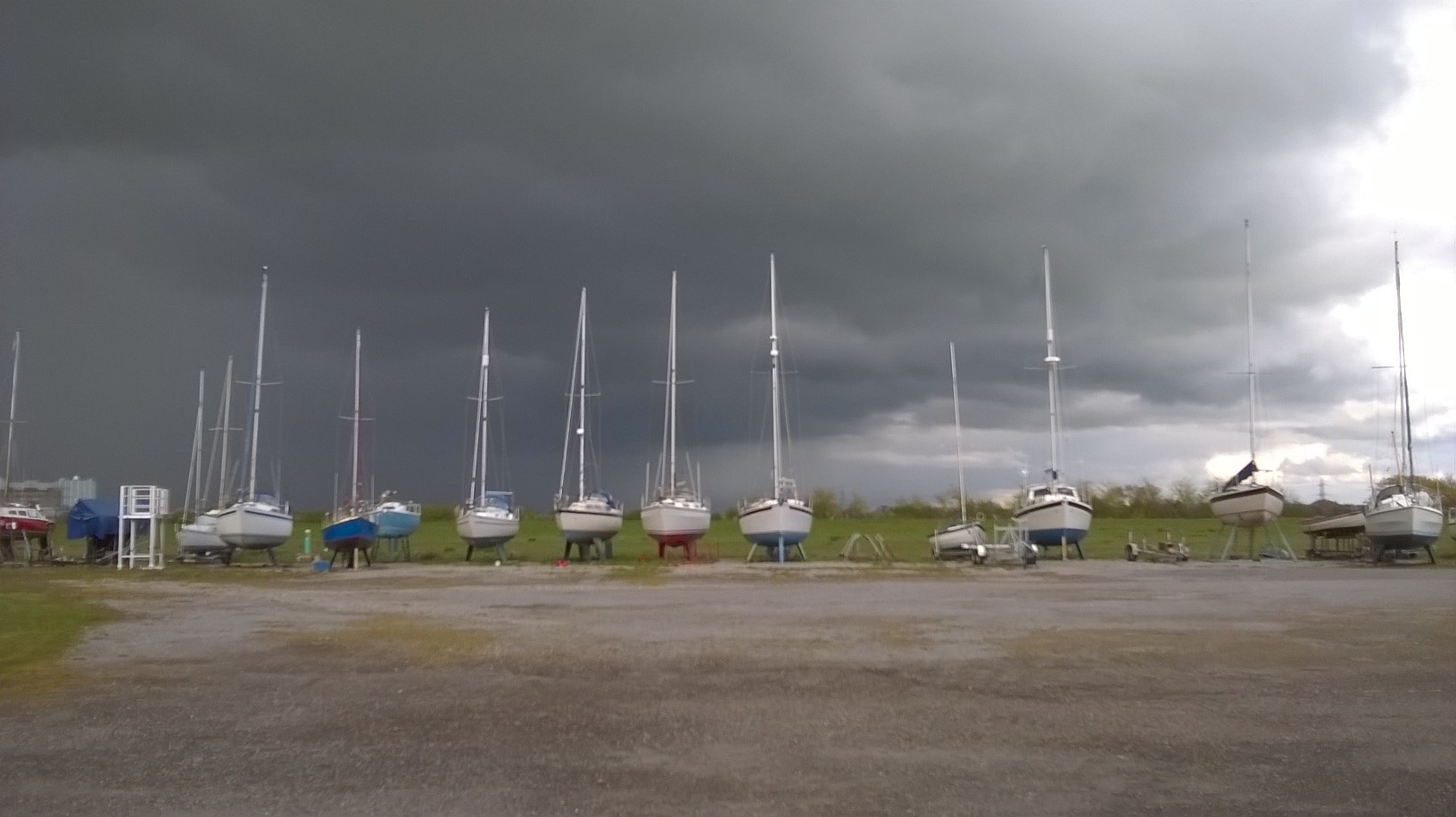Places to Visit / Locations
Aust Cliff
-
 'Fossil Foray' at Aust
'Fossil Foray' at Aust -
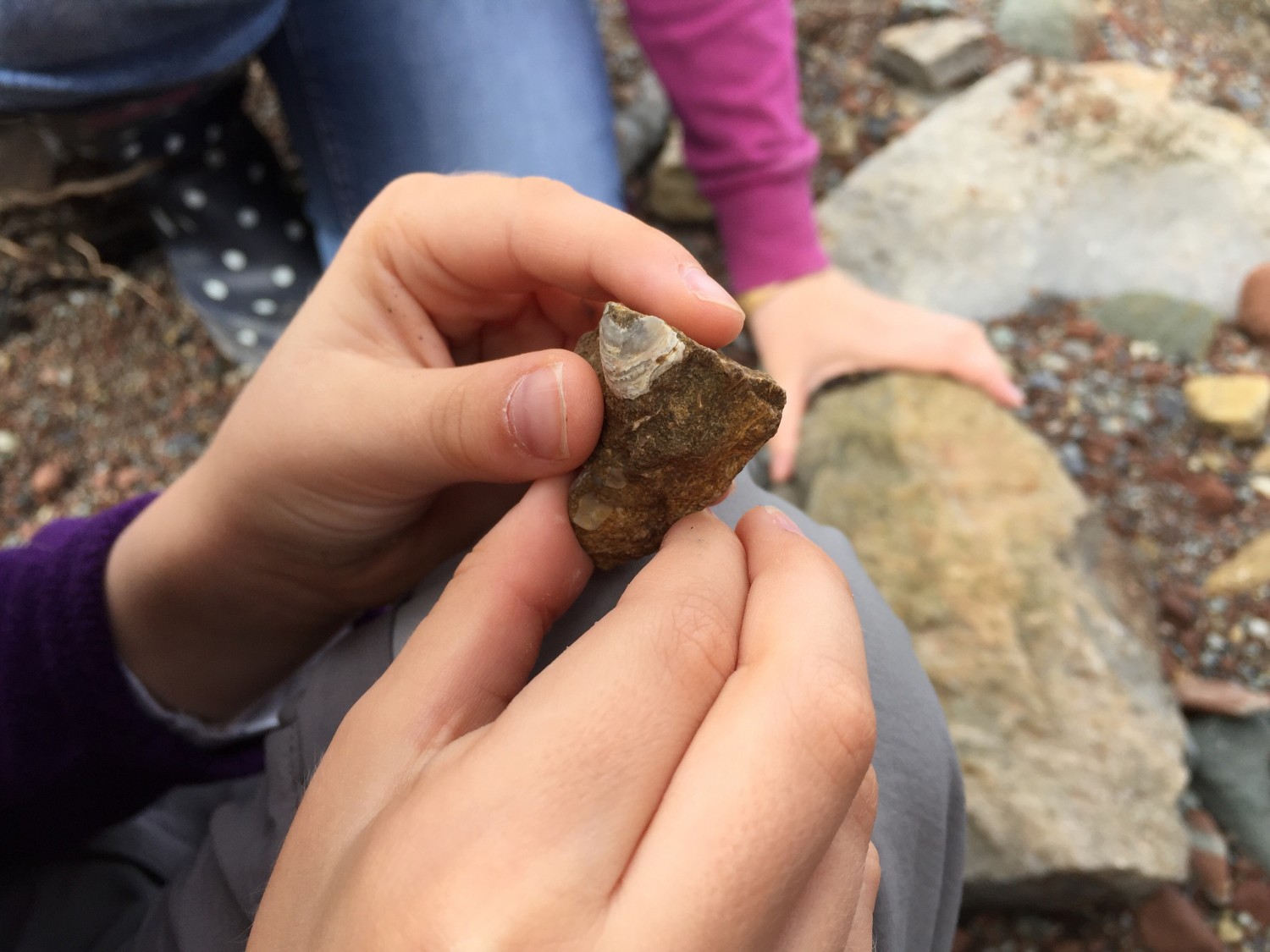 Finding a fossil
Finding a fossil
Aust Cliff, with its striking red, black and white layers, is perhaps the most iconic feature of the Levels landscape. More than just a landmark for those travelling from Wales to England, Aust Cliff reveals a story about how South Gloucestershire has changed over millions of years and is a Site of Special Scientific Interest (SSSI).
The majority of the cliff is made up of red and grey-coloured rock known as mudstones that were formed during the Triassic Period (230 million years ago) when Aust was situated towards the Equator and the climate was that of a hot desert. Along the beach you may find white rock in thin layers towards the bottom of the cliff – this is gypsum and it formed in desert lakes that dried out.
The upper layers of the cliff look much darker but with jagged, yellow pieces of rock sticking out – they are made up of a mix of limestone and mudstone layers that formed in shallow, tropical seas 210 million years ago. This layer contains the fossils of sea reptiles such as ichthyosaurs and plesiosaurs. Their bony remains, along with those of fish such as sharks and the remains of shells and sea urchins can be found on the beach below, washed down by wind and rain. The Rhaetic bone bed at the top of the section of cliff, is regarded as the best site for marine reptiles in Britain.
As well as being internationally significant for reptile fossils (it’s one of the most productive locations in Britain), Aust Cliff is nationally important for fossils of insects from the Triassic period. Several new species of mecoptera (scorpion flies) have been described from Aust. The specimens generally occur in concentrated blocks of the Rhaetic limestone from the top of the section with a high proportion of complete bodies, some even with their colour and patterning preserved.
Don’t miss
- Searching for fossils on the beach
- Birdwatching in the nearby hedgerows
- Sunset - see our time lapse video below
Getting there
Aust Cliff is directly under the eastern end of the first Severn Bridge, with pedestrian access from New Passage Road.
Aust Cliff is suitable for children, if supervised. Please only collect fossils from cliff debris and be careful of falling rocks close to the rock face and the high tidal range.
Did You Know?
The white gypsum rock that can be found at Aust Cliff is used as plaster and is also found in a range of foods including bread, ice cream and toothpaste.




